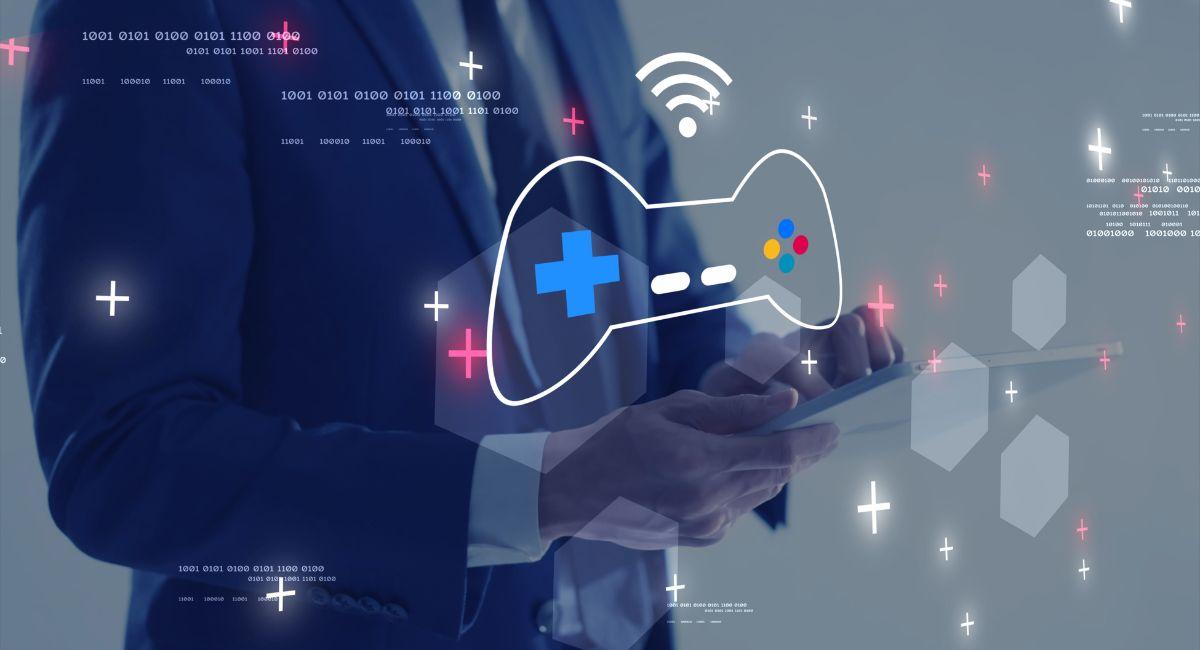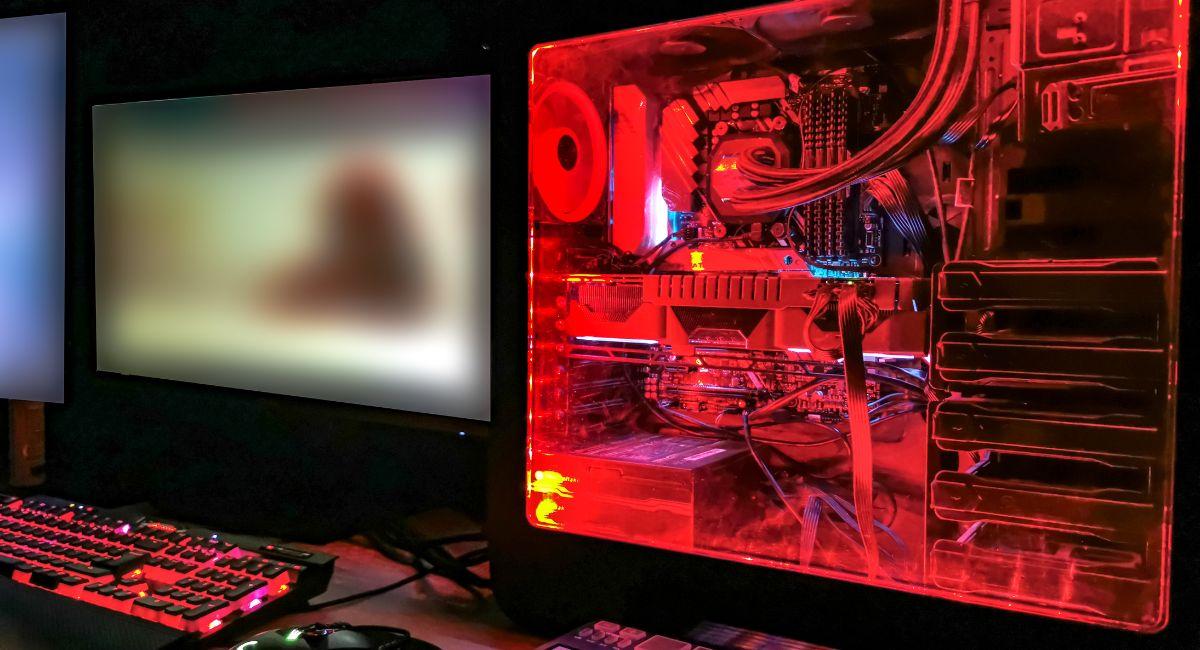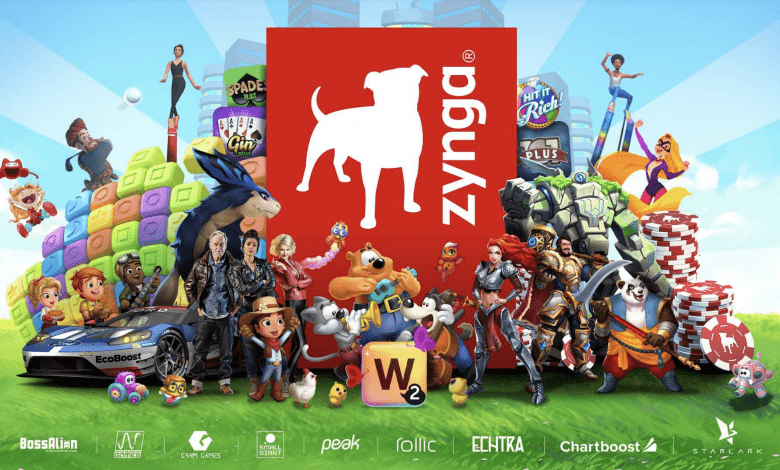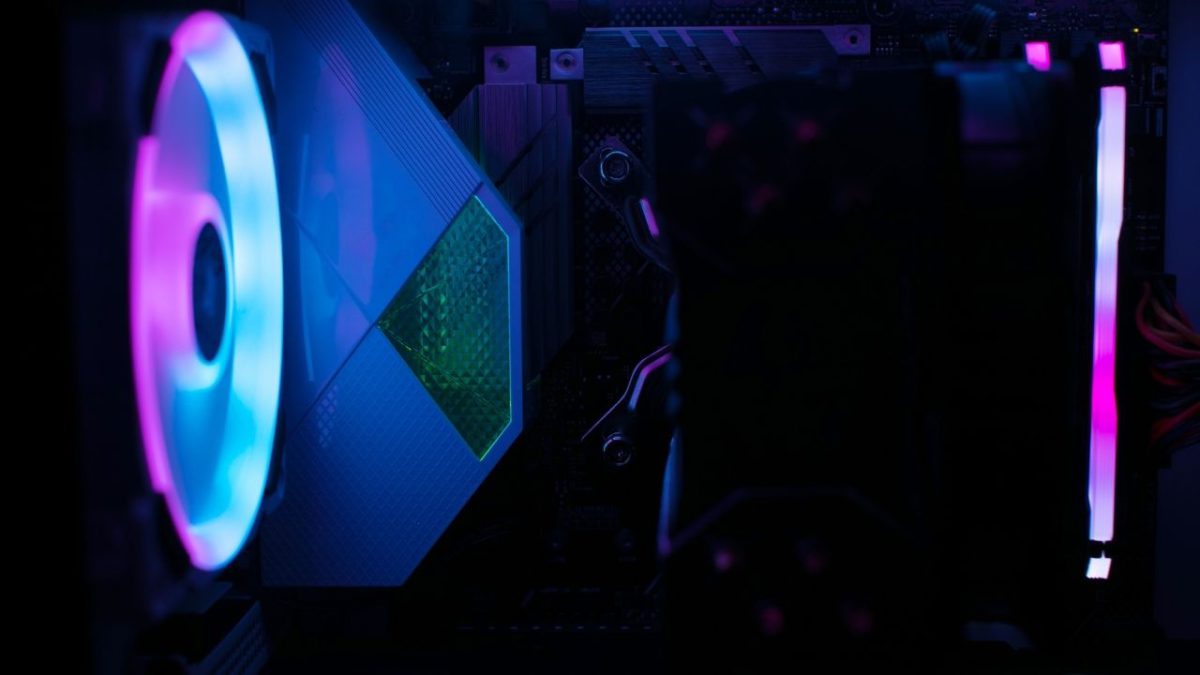In the dynamic intersection of blockchain technology and gaming, a revolutionary wave is sweeping across the industry – the explosion of Play-to-Earn (P2E) and Play-to-Own (P2O) games. As Non-Fungible Tokens (NFTs) become the driving force behind these innovative models, game developers and players alike are experiencing a paradigm shift in how value, ownership, and engagement are perceived within virtual ecosystems.
Understanding Play-to-Earn (P2E) Games:

Play-to-Earn (P2E) games represent a revolutionary shift in the gaming industry, where players have the opportunity to earn real-world value through their in-game activities. These games leverage blockchain technology and tokenization to enable players to own, trade, and monetize their in-game assets. Here’s a comprehensive understanding of Play-to-Earn games:
Key Concepts:
- Blockchain Technology:
- P2E games are built on blockchain platforms, which are decentralized and transparent ledgers. This ensures the security and ownership of in-game assets.
- Non-Fungible Tokens (NFTs):
- In-game items and assets, such as characters, weapons, or virtual real estate, are represented as NFTs. Each NFT is unique, verifiable, and owned by the player.
- Smart Contracts:
- Smart contracts, self-executing contracts with the terms directly written into code, govern various aspects of P2E games, including asset ownership, rewards distribution, and gameplay rules.
- Decentralized Finance (DeFi):
- P2E games often integrate DeFi concepts, allowing players to engage in financial activities within the game, such as earning interest, staking, or participating in liquidity pools.
- Player Ownership:
- P2E games grant players true ownership of in-game assets. Players can buy, sell, or trade these assets both within the game’s ecosystem and on external marketplaces.
- Earning Mechanisms:
- Players can earn rewards in the form of cryptocurrency or other tokens by participating in various in-game activities. This can include completing quests, achieving milestones, or contributing to the game’s economy.
Key Components:
- NFT Marketplace:
- P2E games typically have an integrated marketplace where players can buy, sell, and trade their in-game assets with other players.
- Wallet Integration:
- Players use blockchain wallets to store and manage their in-game assets. These wallets also serve as the gateway for receiving and managing earned cryptocurrencies.
- Staking and Yield Farming:
- Some P2E games offer staking or yield farming mechanisms, allowing players to lock their assets in smart contracts to earn additional tokens or rewards over time.
- Governance Tokens:
- Some P2E games issue governance tokens that give players voting rights in decision-making processes related to the game’s development and ecosystem.
- Community Engagement:
- Active community participation is a crucial aspect of P2E games. Players often have a say in the game’s direction, and community-driven initiatives can contribute to the success of the game.
Examples of P2E Games:
- Axie Infinity:
- A blockchain-based game where players can earn by breeding, battling, and trading fantasy creatures called Axies.
- Decentraland:
- A virtual world built on blockchain where players can buy, sell, and monetize virtual real estate.
- Cryptokitties:
- A game where players collect, breed, and trade virtual cats, each represented as an NFT.
- Lost Relics:
- An action-adventure RPG where players can earn cryptocurrency by exploring dungeons, looting treasures, and completing quests.
P2E games represent a paradigm shift in the gaming industry, creating new opportunities for player engagement, ownership, and economic participation. As the technology evolves and user adoption increases, P2E games are likely to play a significant role in shaping the future of gaming.
Also, read- Top 10 Big Technology Developers Embracing Blockchain Technology
The Emergence of Play-to-Own (P2O) Games:

- Ownership through Gameplay:
- In Play-to-Own games, players would have the opportunity to gradually own in-game assets or properties through active and continuous gameplay.
- Accumulation of Ownership Rights:
- As players engage in various in-game activities, they accumulate ownership rights over specific assets. This could be tied to achievements, milestones, or the completion of certain challenges.
- Blockchain and Smart Contracts:
- The concept would likely leverage blockchain technology and smart contracts to ensure transparency, security, and the irrevocable transfer of ownership rights.
- Gradual Unlocking of Assets:
- Rather than players outright purchasing assets, the ownership could be unlocked gradually. For example, after a certain number of hours played or specific in-game accomplishments, players gain more significant ownership stakes.
- Incentivizing Long-Term Engagement:
- P2O games would incentivize long-term engagement, encouraging players to stay active within the game environment to secure a more substantial ownership share.
- Dynamic In-Game Economies:
- The concept would contribute to the development of dynamic in-game economies where ownership stakes and values are influenced by player actions, community decisions, and overall gameplay.
- Community Governance:
- P2O games might incorporate community governance mechanisms, allowing players to collectively make decisions about the game’s development, rules, and economic aspects.
- Tokenization of Ownership:
- Ownership rights could be represented as tokens on the blockchain, providing a tradable and verifiable form of in-game property ownership.
- Integration with Play-to-Earn (P2E) Elements:
- P2O games could integrate elements of Play-to-Earn, enabling players not only to own assets but also to earn rewards through their ongoing participation.
- Real-World Value Creation:
- The gradual ownership and potential real-world value of in-game assets could create a unique gaming experience, fostering a sense of accomplishment and value for players.
Top 10 Key Benefits and Impact on the Gaming Industry of P2E and P2O

Play-to-Earn (P2E) and Play-to-Own (P2O) gaming models bring significant benefits and have a transformative impact on the gaming industry. Here are the key advantages and impacts of P2E and P2O:
Play-to-Earn (P2E) Benefits:
- Economic Empowerment:
- Impact: P2E empowers players to earn real-world value from their in-game activities, providing economic opportunities to gamers, especially in regions with economic challenges.
- Incentivized Gameplay:
- Impact: P2E incentivizes players to invest time and effort in the game, fostering a more engaged and committed player base.
- Ownership of Digital Assets:
- Impact: Players own and can monetize their in-game assets, creating a sense of value and ownership. This leads to a more rewarding gaming experience.
- Marketplace Dynamics:
- Impact: The integration of NFT marketplaces enables players to buy, sell, and trade in-game assets, contributing to a dynamic player-driven economy.
- Global Accessibility:
- Impact: P2E transcends geographical boundaries, providing global access to players who can participate in the gaming economy regardless of their location.
- Decentralized Finance (DeFi) Integration:
- Impact: P2E games often integrate DeFi elements, allowing players to engage in financial activities like staking, earning yields, and participating in liquidity pools.
- Community Building:
- Impact: P2E fosters strong gaming communities where players collaborate, share strategies, and actively participate in the development and governance of the games.
- Monetization for Developers:
- Impact: Developers can monetize their games through player transactions and marketplace fees, creating sustainable revenue streams beyond traditional game sales.
Play-to-Own (P2O) Benefits:
- Gradual Asset Ownership:
- Impact: P2O allows players to gradually own in-game assets, creating a sense of progression and accomplishment tied to actual ownership.
- Long-Term Engagement:
- Impact: P2O incentivizes long-term engagement, as players need to continuously participate to unlock and maintain ownership stakes in valuable assets.
- Community Governance:
- Impact: P2O games may incorporate community-driven governance, giving players a voice in decision-making processes related to the game’s development and economy.
- Real-World Value Creation:
- Impact: P2O creates in-game assets with real-world value, potentially contributing to a more immersive gaming experience and strengthening the connection between players and their virtual possessions.
- Tokenization of Ownership:
- Impact: Ownership rights are tokenized on the blockchain, providing a transparent, tradable, and verifiable form of in-game property ownership.
- Dynamic In-Game Economies:
- Impact: P2O contributes to the development of dynamic in-game economies where ownership stakes and values are influenced by player actions, community decisions, and overall gameplay.
- Strategic Decision-Making:
- Impact: Players need to make strategic decisions about their in-game activities to maximize ownership stakes, adding a layer of complexity and depth to the gaming experience.
- Inclusive Value Distribution:
- Impact: P2O may allow for more inclusive value distribution, ensuring that ownership stakes are accessible to a broader player base.
Overall Impact on the Gaming Industry:
- Monetization Innovation:
- P2E and P2O represent innovative ways of monetizing games, moving beyond traditional models and providing sustainable revenue streams for developers.
- Player-Centric Focus:
- The shift towards player ownership and economic incentives places a stronger emphasis on player-centric game design, leading to more engaging and rewarding experiences.
- Blockchain Integration:
- The adoption of blockchain technology introduces transparency, security, and decentralized governance, revolutionizing the way in-game assets are owned, traded, and managed.
- Community Engagement and Loyalty:
- P2E and P2O encourage active community engagement, fostering a sense of loyalty among players and creating a collaborative environment between developers and the player base.
- Global Impact:
- P2E and P2O have the potential to impact players globally, providing opportunities for economic participation and inclusion in the digital economy.
- Expansion of Gaming Ecosystem:
- The integration of NFT marketplaces and blockchain-based economies expands the gaming ecosystem, connecting players, developers, and investors in novel ways.
- Innovation Catalyst:
- P2E and P2O serve as catalysts for innovation in the gaming industry, encouraging developers to explore new gameplay mechanics, economic models, and community-driven features.
While P2E and P2O models offer substantial benefits, it’s essential for the gaming industry to address challenges such as regulatory considerations, user onboarding, and scalability to ensure the sustainable growth of these innovative gaming paradigms.
The Future Landscape
The future landscape of the gaming industry, driven by the explosive growth of Play-to-Earn (P2E) and Play-to-Own (P2O) games, promises to be dynamic, innovative, and transformative. Here’s a glimpse into the potential future landscape shaped by blockchain technology:
1. Diverse Gaming Economies:
- The proliferation of P2E and P2O games will lead to a diverse range of gaming economies, each with its unique assets, ecosystems, and player-driven dynamics.
2. Cross-Platform Integration:
- Increased efforts to enable cross-platform compatibility will allow players to seamlessly transfer and use their owned assets across different games and virtual worlds.
3. Blockchain Interoperability:
- Enhanced interoperability between various blockchains will become a priority, facilitating the movement of assets and value across different blockchain networks.
4. Convergence with Virtual Reality (VR) and Augmented Reality (AR):
- The integration of P2E and P2O with VR and AR technologies will create more immersive and interactive gaming experiences, blurring the lines between the virtual and physical worlds.
5. Emergence of P2O Standards:
- Standardization efforts will likely emerge, defining protocols and standards for P2O games, ensuring a consistent and interoperable experience across different titles.
6. Expanded Use Cases Beyond Gaming:
- The concept of ownership through gameplay and the tokenization of assets may extend beyond gaming into other digital realms, such as virtual meetings, conferences, and educational platforms.
7. Innovation in NFT Standards:
- Ongoing innovation in NFT standards will lead to more versatile and programmable tokens, enabling developers to create dynamic and interactive in-game assets.
8. Integration with Decentralized Finance (DeFi):
- Deeper integration with decentralized finance will result in more sophisticated financial instruments within the gaming ecosystem, offering players diverse ways to earn and utilize their digital assets.
9. Community-Driven Development:
- Community-driven development will become the norm, with players actively participating in decision-making processes, contributing to game development, and influencing the direction of gaming projects.
10. Regulatory Clarity and Compliance:
- The industry will witness efforts to establish clearer regulatory frameworks, providing guidelines for P2E and P2O games and addressing legal considerations related to asset ownership and transactions.
11. Education and Onboarding Initiatives:
- Increased educational initiatives and user-friendly onboarding processes will make blockchain gaming more accessible, attracting a broader audience to participate in the P2E and P2O ecosystems.
12. Collaborations with Traditional Gaming Industry:
- Collaborations and partnerships between blockchain gaming projects and traditional gaming companies will increase, bridging the gap between the two ecosystems and driving mainstream adoption.
13. Sustainability and Eco-Friendly Solutions:
- Continued efforts toward sustainability will lead to the exploration of eco-friendly consensus mechanisms and energy-efficient blockchain solutions to address environmental concerns.
14. Integration with Social Media and Web3:
- Integration with Web3 technologies and social media platforms will create a more interconnected digital space, allowing players to share, showcase, and trade their in-game assets seamlessly.
15. Research and Development in P2O Mechanisms:
- Research and development will focus on refining and expanding Play-to-Own mechanisms, introducing new ways for players to gradually and meaningfully own in-game assets.
16. Enhanced Security Measures:
- Heightened emphasis on security measures, including smart contract audits, secure wallet integration, and anti-fraud mechanisms, to ensure the safety of player assets.
The future landscape of the gaming industry shaped by Play-to-Earn and Play-to-Own games is poised to be a dynamic and inclusive digital environment. As these concepts continue to evolve, collaboration, innovation, and a commitment to user empowerment will be key drivers of success. The convergence of blockchain technology with gaming not only transforms the way we play but also opens new avenues for creativity, community engagement, and economic opportunities in the digital realm.
Conclusion:
Play-to-Earn and Play-to-Own games signify a digital revolution where gaming transcends entertainment and becomes a realm of economic empowerment and true ownership. As players and developers dive deeper into these innovative models, the gaming industry is evolving into a dynamic ecosystem where virtual assets hold tangible value, and players become active contributors to the virtual worlds they inhabit. The future promises an era where the boundaries between the digital and physical worlds blur, opening up endless possibilities for creativity, collaboration, and economic empowerment within the realm of NFT game development.
Stay informed with daily updates from Blockchain Magazine on Google News. Click here to follow us and mark as favorite: [Blockchain Magazine on Google News].


 Bitcoin
Bitcoin  Ethereum
Ethereum  XRP
XRP  Tether
Tether  Solana
Solana  Dogecoin
Dogecoin  USDC
USDC  Cardano
Cardano  Lido Staked Ether
Lido Staked Ether  TRON
TRON  Avalanche
Avalanche  Wrapped stETH
Wrapped stETH  Toncoin
Toncoin  Chainlink
Chainlink  Stellar
Stellar  Shiba Inu
Shiba Inu  Sui
Sui  Wrapped Bitcoin
Wrapped Bitcoin  Hedera
Hedera  Polkadot
Polkadot  WETH
WETH  Bitcoin Cash
Bitcoin Cash  Pepe
Pepe  Uniswap
Uniswap  LEO Token
LEO Token  Litecoin
Litecoin  Hyperliquid
Hyperliquid  Wrapped eETH
Wrapped eETH  NEAR Protocol
NEAR Protocol  Ethena USDe
Ethena USDe  USDS
USDS  Internet Computer
Internet Computer  Aptos
Aptos  Aave
Aave  Mantle
Mantle  Virtuals Protocol
Virtuals Protocol  Bittensor
Bittensor  Cronos
Cronos  POL (ex-MATIC)
POL (ex-MATIC)  Ethereum Classic
Ethereum Classic  Render
Render  Monero
Monero  MANTRA
MANTRA  Artificial Superintelligence Alliance
Artificial Superintelligence Alliance  Tokenize Xchange
Tokenize Xchange  WhiteBIT Coin
WhiteBIT Coin  Dai
Dai 





